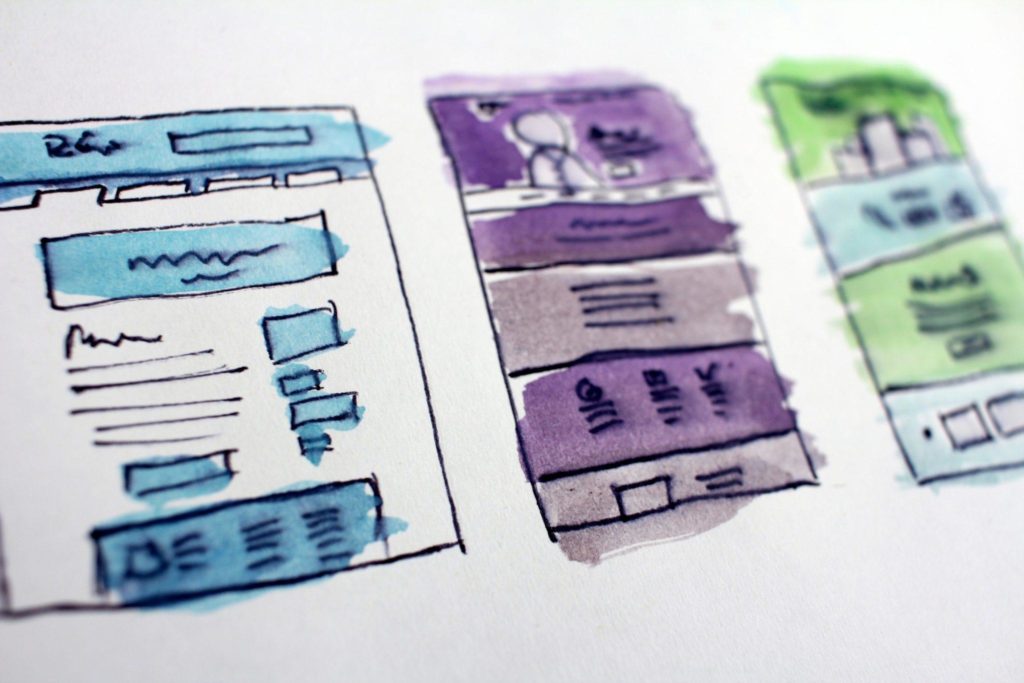Article
UI/UX Principle #17: Focus on Consistency Across Screens

Follow Design Patterns
Have you ever used a website where each interface looks drastically different than the next? They’re a rare breed, and it’s because the vast majority of web designers and application developers know the importance of visual and interactive consistency.
Consistent design is easy to follow. Due to simple layout, recognizable visuals, and familiar interactivity, users know what to expect. Predictability reduces the need for users to rethink as they navigate and explore, creating a positive user experience.
Users are generally familiar with the common conventions used throughout the web. Following conventions doesn’t mean there isn’t room for innovation as we argue here and here. But regardless of innovation, the usability of your experience is paramount to allowing someone to actually absorb it.
Users Like Familiarity. It requires Less Thinking.
You can go with familiar conventions or unfamiliar conventions, but keep in mind that design elements can compound in either a beneficial or detrimental way. Users need to quickly accomplish their goals. Familiar conventions make this happen faster. Taking time to learn an entirely new visual or interactive language isn’t always worth the hassle.
In User Expertise Stagnates at Low Levels, Jakob Nielsen writes “Accept that users are reluctant to learn. You might think that your website or application is particularly important and useful. But to users, it’s one of hundreds they have to deal with. You’re unlikely to be the first user interface in 30 years for which all users become sophisticated experts and learn all the features.”
It’s important to think carefully about how to give users quick access to the most important parts of your website. Ease of navigation is key, and familiarity simplifies the process.
Users Need Consistency Across your Multiple Entry Points
It’s a fact: users will enter your site through different pages. This is one reason why it’s important to ensure consistency in the look, feel, and layout. Otherwise, users will be confused and might bounce due to the fragmentation of the experience.
Another crucial point to keep in mind when striving for consistency is voiced by Steve Krug in Don’t Make Me Think Revisited: “The home page has lost its preeminence [as the only key entry point]. Now people are just as likely – or more likely – to enter your site by clicking on a link in an email, a blog, or something from a social network that takes them directly to a page deep in your site. [ . . . ] Every page of your site should do as much as it can to orient them properly: to give them the right idea about who you are, what you do, and what your site has to offer.”
The key takeaway? Your homepage isn’t your only landing page. When users touch down on your website, whichever page it might be, they need to immediately recognize where they are.
Focus on Speed with Clarity and Consistency
The elements of clarity and consistency allow users to situate themselves, focusing in on your unique functionality and content.
Clarity and consistency are connected. The more users know what to expect, the clearer understanding they will have about who you are, what you product is, and why it is valuable to them. In the interest of maximizing value, achieving this outcome quickly is essential.
Consistency across screens increases familiarity, ease of recognizing key entry points and landing pages, and the ability of users to quickly orient themselves to your experience. By doing so, you’ll make the overall experience of using your site better, allowing you to achieve your business goals while making certain that users can accomplish their goals as well.









